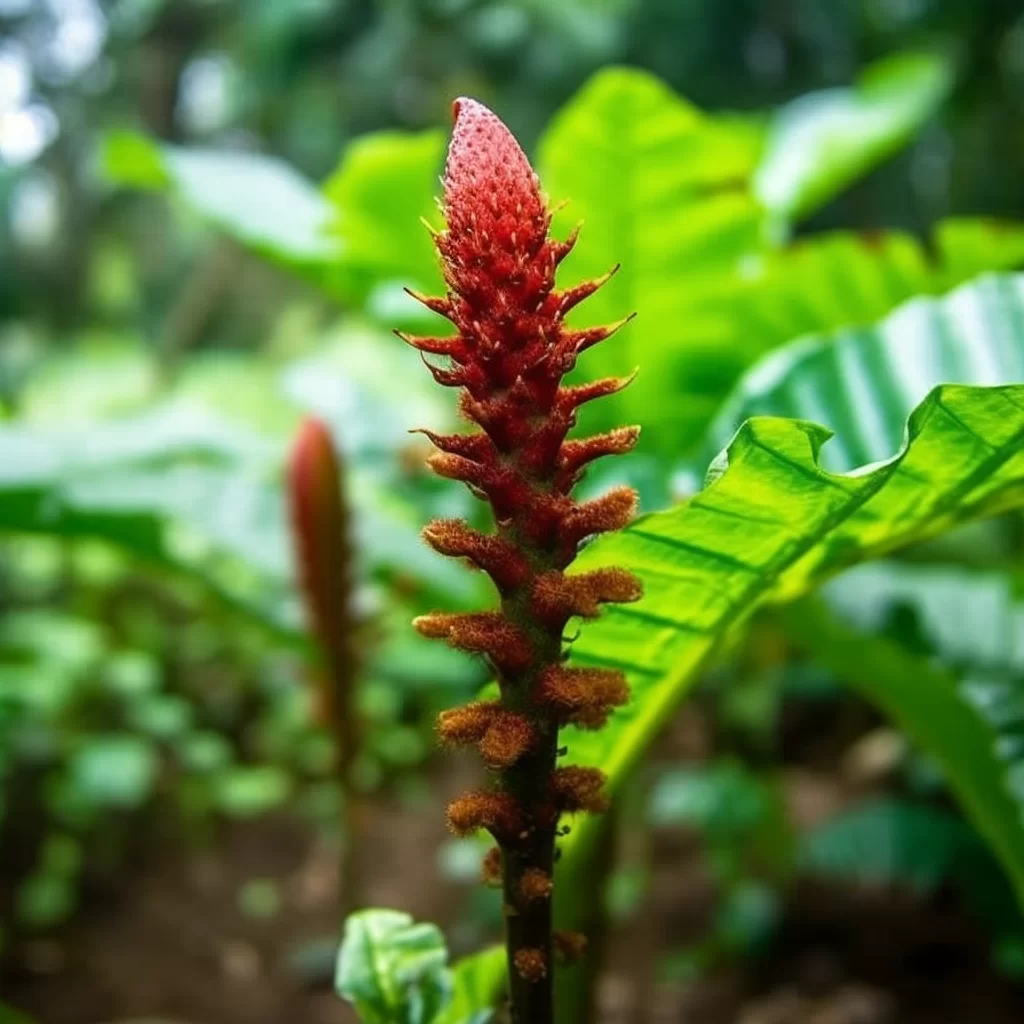Story of Day :
Contents
The Achiote Plant: Complete Guide and Care Tips
Gardening enthusiasts are always on the lookout for plants that add color, beauty, and diversity to their gardens.
One such plant is the achiote plant, a vibrant shrub that not only enhances your garden’s aesthetics but also provides multiple benefits.
Native to tropical regions of America, this plant has been used for centuries in traditional medicine, food coloring, and even as a natural insect repellent.
What is an Achiote Plant?
The achiote plant (Bixa orellana) is also known as the lipstick tree or annatto.
It belongs to the Bixaceae family and typically grows up to 6 meters tall.
The shrub has glossy green leaves with pink flowers that bloom in clusters throughout the year.
The fruit capsules of this plant contain bright red seeds covered in orange-red flesh.
How to Grow an Achiote Plant?
If you’re planning to grow an achiote plant in your garden or indoors, here’s what you need to know:
- Climate: This tropical shrub thrives best in warm climates with high humidity levels.
- Sunlight: Place it near a window where it can receive partial sunlight every day.
- Soil: Use well-draining soil rich in organic matter like compost or manure.
- Irrigation: Water regularly but avoid overwatering as it can lead to root rotting.
- Fertilization: Feed with balanced fertilizer during its growing period from spring until fall every two weeks.
Avoid fertilizing during winter when growth slows down.

Benefits of Achiote Plant
Apart from its aesthetic value, the achiote plant provides several other benefits:
- Food coloring: The red seeds of this plant are used as a natural food color in various cuisines worldwide.
They impart an orange-yellow hue to dishes and are often used in cheese, butter, margarine, and baked goods.
- Traditional medicine: The achiote seed oil is used to treat various ailments like fever, diarrhea, kidney stones, and skin diseases by indigenous people worldwide.
It’s also believed to have anti-inflammatory properties that reduce swelling and pain.
- Insect repellent: This plant also acts as a natural insecticide due to the presence of bixin and norbixin compounds.
It’s often added to creams or lotions as a natural bug repellent for humans too.
Pests and Diseases that Affect Achiote Plant
The achiote plant is relatively disease-resistant but can be affected by pests like mealybugs or spider mites if not taken care properly.
Here are some tips on how to prevent pest infestations:
- Cleanliness: Keep your garden clean from fallen leaves or debris that can harbor pests.
- Natural remedies: Use neem oil or insecticidal soap solutions instead of chemical pesticides that harm beneficial insects too.
- Avoid overwatering: Pests thrive in damp environments so avoid overwatering your plants.

To Sum Up..x
The achiote plant is a beautiful and beneficial plant to add to your garden.
It’s easy to grow and provides multiple benefits like food coloring, traditional medicine, and insect repellent.
With proper care, you can enjoy its beauty and reap its benefits for years to come.